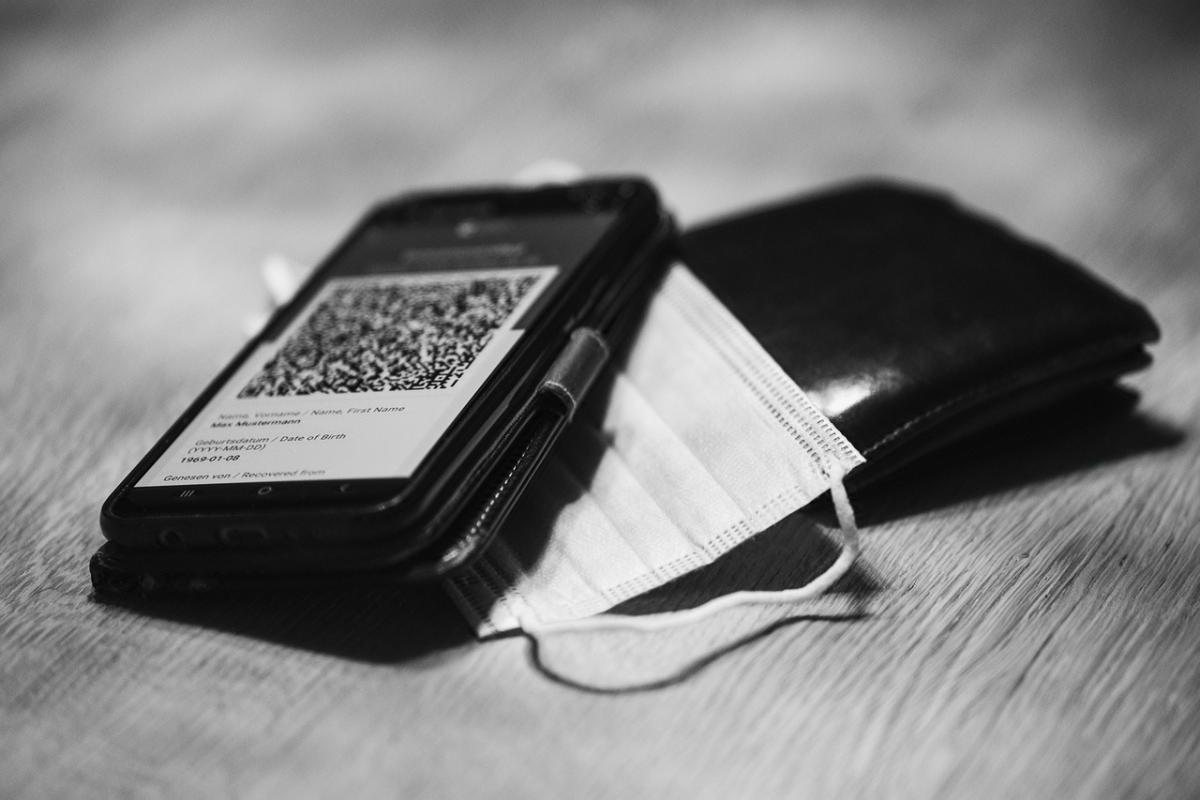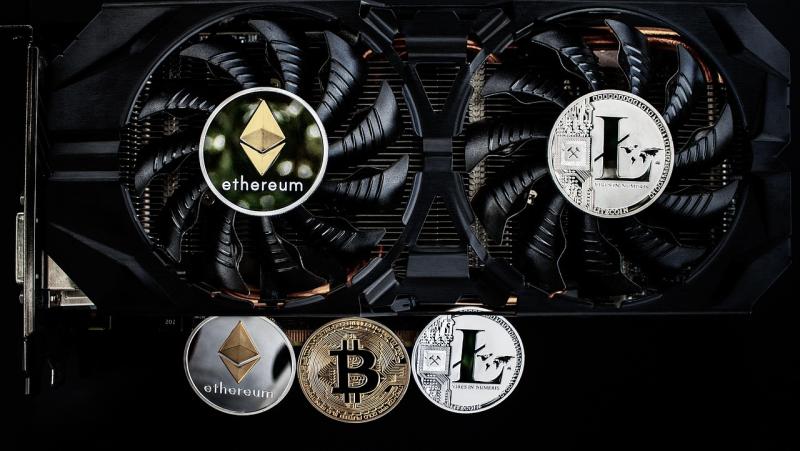What is the Trezor Safe 3?
The Safe 3 is a hardware wallet made by Trezor (SatoshiLabs). It’s part of their newer “Safe” line, designed to combine strong security with more accessible, modern features.
Its purpose is to let users store, send, receive, and manage cryptocurrencies in a way that keeps private keys offline, reducing exposure to hacks, malware, phishing, etc.
Key Features & Technical Specs
Here are the most important features and specifications of the Safe 3:
| Feature | Description |
|---|---|
| Secure Element (SE), CC EAL6+ certified | A more robust “secure chip” that helps defend against physical attacks and tampering.wa |
| Open‐source firmware & design | Much of Trezor’s software and design remains open source, allowing community scrutiny. |
| Display & input | 0.96-inch monochromatic OLED screen (128×64), two physical buttons. |
| Connectivity | USB-C. Works with Trezor Suite (desktop & mobile) and third‐party wallets. |
| Security protections | PIN, passphrase (device-entry, optional), on-device confirmation of transactions. |
| Backup options | Standard 12/20/24-word seed phrase; also supports Shamir / multi-share backup for more redundancy. |
| Support & compatibility | Thousands of coins & tokens, including many ERC-20, NFTs, etc. Also supports privacy-enhancing features like Coinjoin, Coin control, and Tor through Trezor Suite. |
| Physical & environmental specs | ~59×32×7.4 mm, ~14 g. Durable casing, tamper-evident packaging. CE & RoHS certified. Operating temperature −20°C to +60°C. |
What’s New / Improvements
Compared to earlier Trezor models (like the Model One, Model T), here are the significant changes/improvements in the Safe 3:
-
Secure Element: Trezor historically did not include a secure element in many of its older devices; this was a point of difference compared to some competitors. Safe 3 adds an SE that is EAL6+ certified.
-
USB-C connection replacing older USB types.
-
Enhanced backup options (multi-share / Shamir) for better redundancy and resilience.
-
More coins & improved privacy features out of the box (Coinjoin, Tor, etc.).
Strengths & Advantages
-
Robust physical and firmware security: With the SE chip, PIN & passphrase protections, plus on-device transaction confirmation, the Safe 3 is built to be resilient against many attack vectors.
-
Transparency / open source: For many users, having open-source firmware and design is a big plus, since it allows third parties to audit and verify components.
-
Backup flexibility: Having both simple seed phrase options and Shamir / multi-share backup gives users flexibility depending on how cautious or advanced they want to be.
-
Broad crypto support + privacy tools: Supports a large number of coins/tokens, has features for privacy, works with popular third-party wallets too.
-
Price / accessibility: Compared to very high-end hardware wallets, Safe 3 offers many modern security features at a more affordable level than some premium devices.
Limitations / Trade-offs
-
No touchscreen: The Safe 3 uses physical buttons, not a touchscreen interface; some users prefer touch for usability (e.g. Model T had touchscreen).
-
Firmware / coin support still evolving: Because it’s relatively new, certain coin integrations or third-party wallet support may still be catching up. Users need to check support of a specific coin or chain before assuming it works.
-
Learning curve: Features like backup, passphrases, Shamir backup, privacy tools, etc., introduce complexity. Mistakes in setup (backup lost, passphrase forgotten) can lead to loss of funds. This is true of all hardware wallets, but more features = more room for user error.
-
Physical risk remains: The secure element helps protect against physical attack, but the device still needs to be stored safely. Theft, damage, or losing the seed phrase can still be dangerous.
-
No built-in battery / always plugged when in use: As typical with many hardware wallets, it’s not “wireless” (unless used with accessories) — you need to connect via USB-C for many operations.
Who It’s Best For
The Safe 3 is especially well suited for:
-
Users who want a strong balance between security and usability without paying for the highest-end model.
-
Crypto holders who plan to store a nontrivial amount of assets long-term and want hardware protection.
-
Those who care about privacy and want features like Coinjoin, Tor, etc.
-
Users who want flexibility in backup methods (e.g. Shamir) and strong physical security.
It might be less perfect if someone wants ultra-fast touchscreen, or minimal features (just storing Bitcoin, no altcoins), or total simplicity.
Comparison with Alternatives
Here are how some of its features compare with similar hardware wallets:
| Device | Vs. Safe 3 — Advantages | Vs. Safe 3 — Disadvantages |
|---|---|---|
| Trezor Model One / Model T (older Trezors) | Safe 3 adds a secure element chip, more coins, more modern connection (USB-C), improved backups. Model T has touchscreen & larger screen. | Older models might have very mature firmware, perhaps more established coin support in some rare chains. |
| Ledger devices | Many Ledger devices also have secure element chips; Safe 3’s EAL6+ is strong. Trezor offers open-source firmware, which some prefer for transparency. | Ledger has a big ecosystem, and for those already in it, might have more support for certain chains or accessories. Also, some users find Ledger’s UX or features more mature in certain areas. |
| Other hardware wallets | Safe 3 competes well on security, privacy tools, backup options, price. It’s likely better than many simpler or cheaper wallets in terms of security. | Premium hardware wallets might offer features Safe 3 doesn’t (bigger screen, Bluetooth, more premium build, etc.). If someone needs those, might choose differently. |
Safety Tips & Best Practices
Even with a well-designed device like the Safe 3, security depends a lot on how you use it. Some tips:
-
Buy only from official or trusted resellers to avoid tampered devices.
-
At setup: write down the recovery seed carefully and store it in a safe physical place. Consider using Shamir backup if you want redundancy.
-
Use a strong PIN; enable passphrase if you understand it. Understand how passphrase works because losing it can mean losing access.
-
Always verify transaction details on the device’s display (not just on screen in the computer) — to avoid malware/compromised host risks.
-
Keep firmware updated, but do so only via official sources.
-
Consider splitting funds: perhaps keep large amounts in “cold storage” (i.e. a device rarely connected) and smaller amounts in more frequently used wallets.
Verdict
The Trezor Safe 3 is a strong step forward for hardware wallet security and usability. It combines many desirable features — open-source transparency, strong physical security, improved backup options, privacy tools — at a price point that is more accessible than some premium devices. For many users, it represents one of the best compromises between cost, security, and functionality as of the time of writing.
If you’re entering the hardware wallet world or looking to upgrade an older, less secure device, the Safe 3 is well worth considering.
Trezor Safe 3: Secure Crypto Hardware Wallet
Keep your cryptocurrencies safe and sound with this easy-to-use hardware wallet
Product information
€79.00
Product Review Score
4.26 out of 5 stars
191 reviewsProduct links




